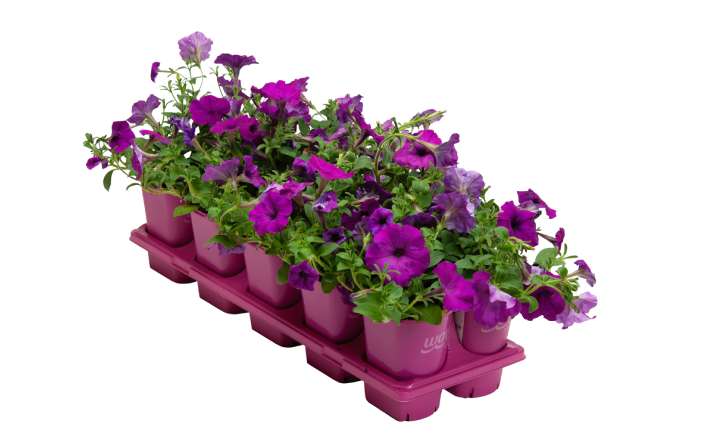STEM Curriculum Ideal For Teaching Horticulture [Opinion]
 A little more than a year ago, my young daughter came home from school, upset with news she’d heard that day that her school was going to close. At first, I thought she was pulling my leg — but sure enough, there was a letter from the superintendent of our district, stating that because of age and a deep state of disrepair, the school would be shut down, and children would be dispersed to other schools in the district.
A little more than a year ago, my young daughter came home from school, upset with news she’d heard that day that her school was going to close. At first, I thought she was pulling my leg — but sure enough, there was a letter from the superintendent of our district, stating that because of age and a deep state of disrepair, the school would be shut down, and children would be dispersed to other schools in the district.
Sad, yes. But there was also a plan to open a magnet STEM school, and children in the gifted and talented program, like my daughter, would have the opportunity to attend. I was cautiously optimistic.
Last October, we got to tour the new building for the first time, though there were many renovations still to be done. It’s a former office building that the school district bought for a steal: $3 million, but with a recent $1 million renovation. Grades three through five will start at the school this fall, and each year another grade level will be added, up to grade 12. The goal is for students to graduate with two years of college already completed, with a technical degree in hand.
The school will employ a solution-based model for its curriculum, focused on real-world problem solving. For instance, the building is still quite corporate, so naturally it does not have a playground on campus. Instead of building one before school starts, that will be one of the first projects the students work on together. With the help of an engineer and a landscaper, the kids will design the playground, plot out where it should go and may even help build it. My daughter, who will be a 4th grader in 2015-2016, has already started dreaming up ideas.
Fabrication labs will be located throughout the school, where kids will learn how to design solutions using AUTO-CAD and 3D printers. Outdoor learning labs will incorporate science and nature, a distance learning room will allow students to communicate with other students around the world, and STEM concepts will be incorporated in everything they do.
During the tour, there were boxes where community members could suggest problem-based learning opportunities. I suggested designing and building a greenhouse, where students could learn to grow food for the school sustainably, while learning hands-on about nutrition, water resource management, efficient land use, climate change, biodiversity, conservation, contamination, pollution, waste management and sustainable development. Their learning labs could incorporate all of the cornerstones of STEM education — science, technology, engineering and math — by learning these processes and also employing solar panels, hydroponic or aquaponic growing systems, rainwater catchment systems, weather stations and composting stations.
But after making the initial suggestion, and thinking about it more, it’s something I really feel that every school needs to have in place. Learning to grow food is a survival skill that every person should learn, and with the pressures of a growing population, including rapidly growing urban populations, the reduction of arable land on earth and the trend toward food produced in urban oases, greenhouse structures and even warehouses, where better to teach this skill than in schools?
And truly, it’s not just about teaching them what we know, but also learning from the solutions they come up with in their day-to-day exploration. Perhaps this new model of education can provide some answers that we’re all looking for. If the future of our industry depends on new solutions, new thinking and new blood in the industry, let’s get them started now. But first we need to push the agenda, and lobby for this level of education in schools across the U.S.
NY Sunworks has a goal of building 100 greenhouse laboratories in schools throughout New York by 2020. Through its Greenhouse Project, each laboratory operates as an integrated part of the school’s curricula and prepares children to exceed science standards. How can our industry take that goal nationwide?










